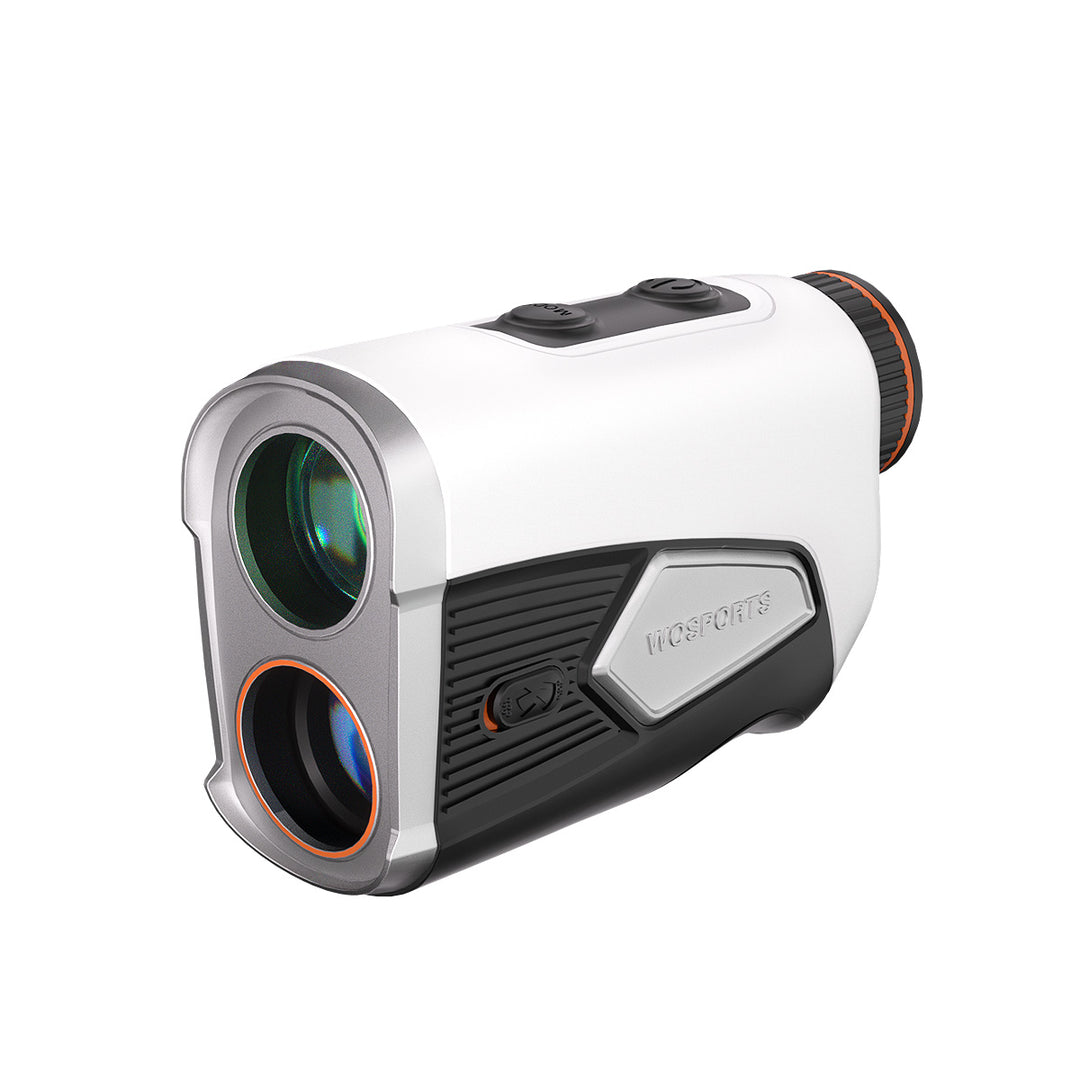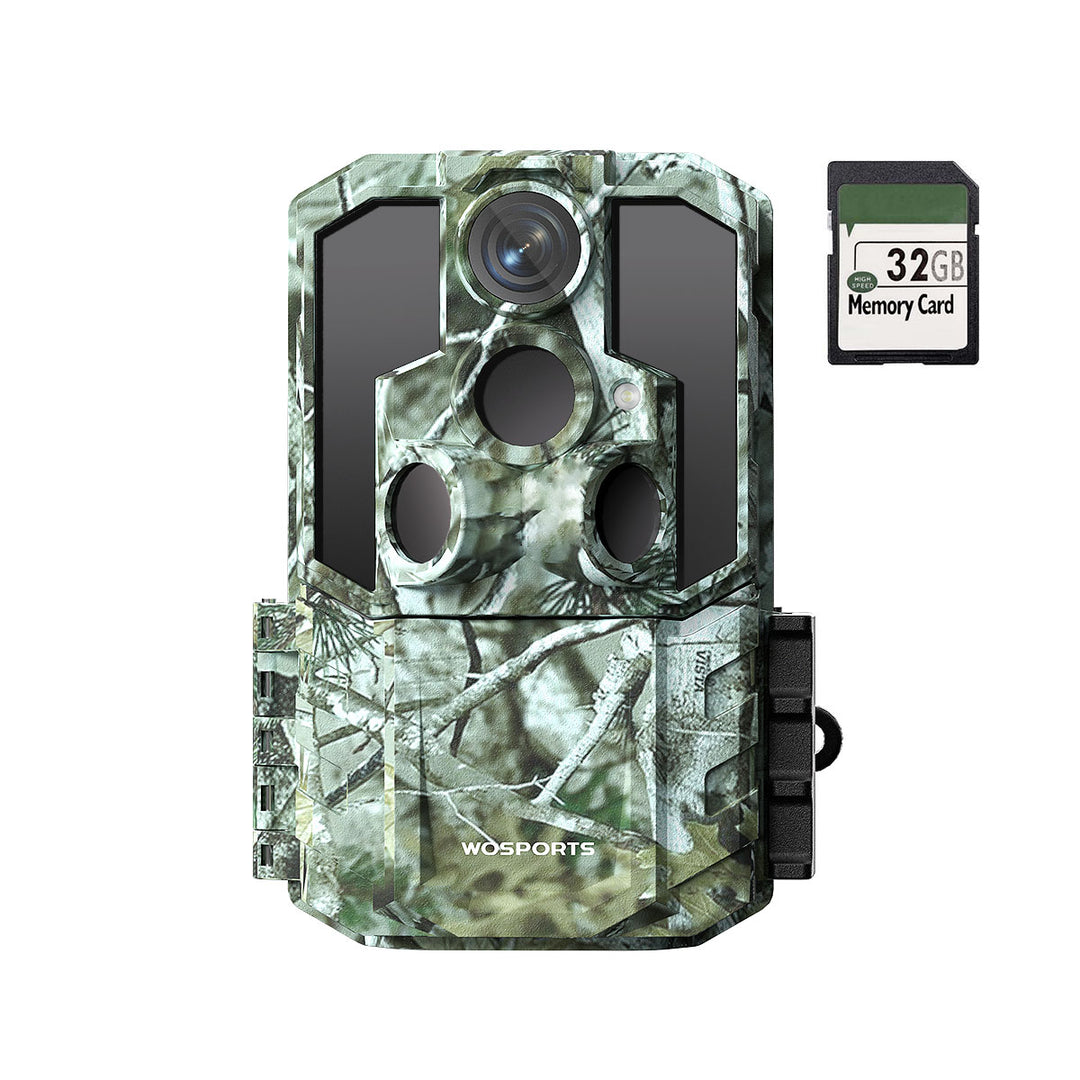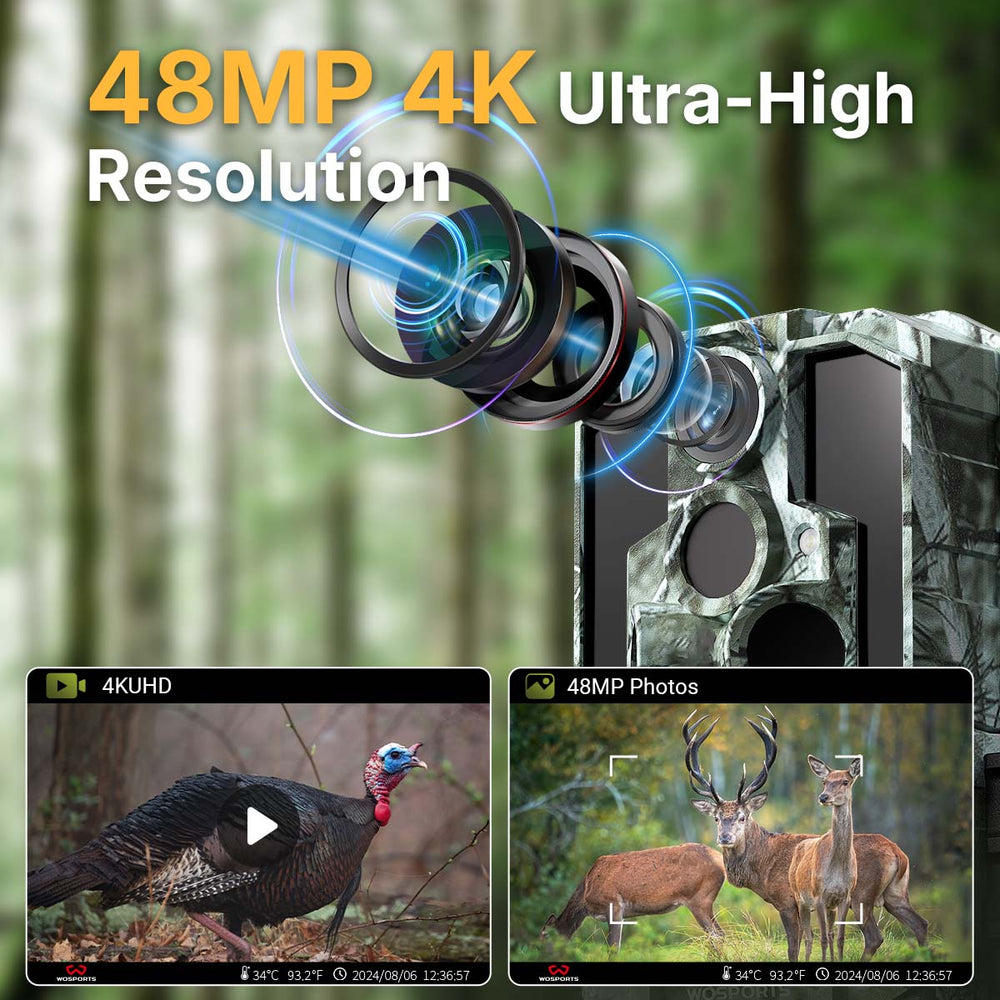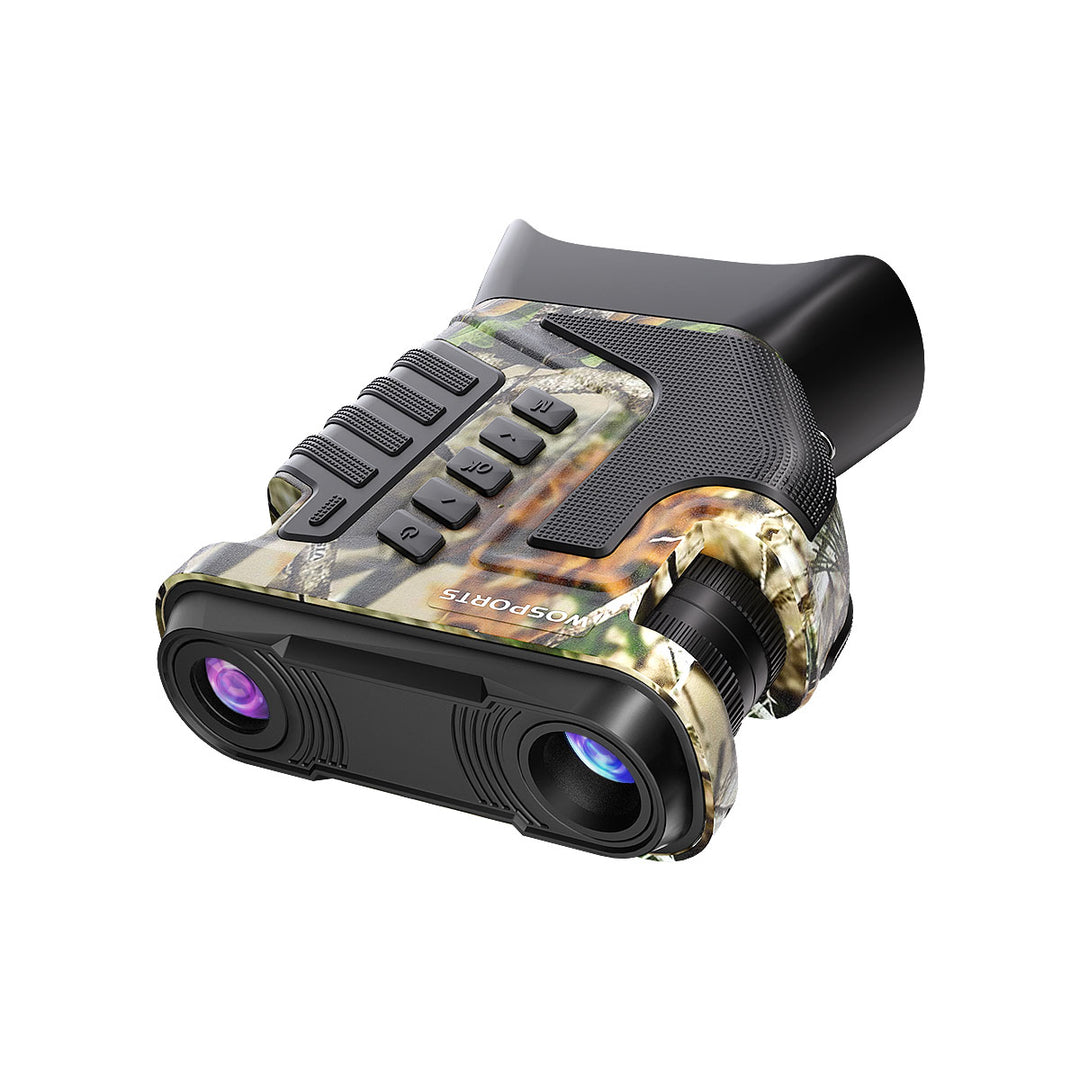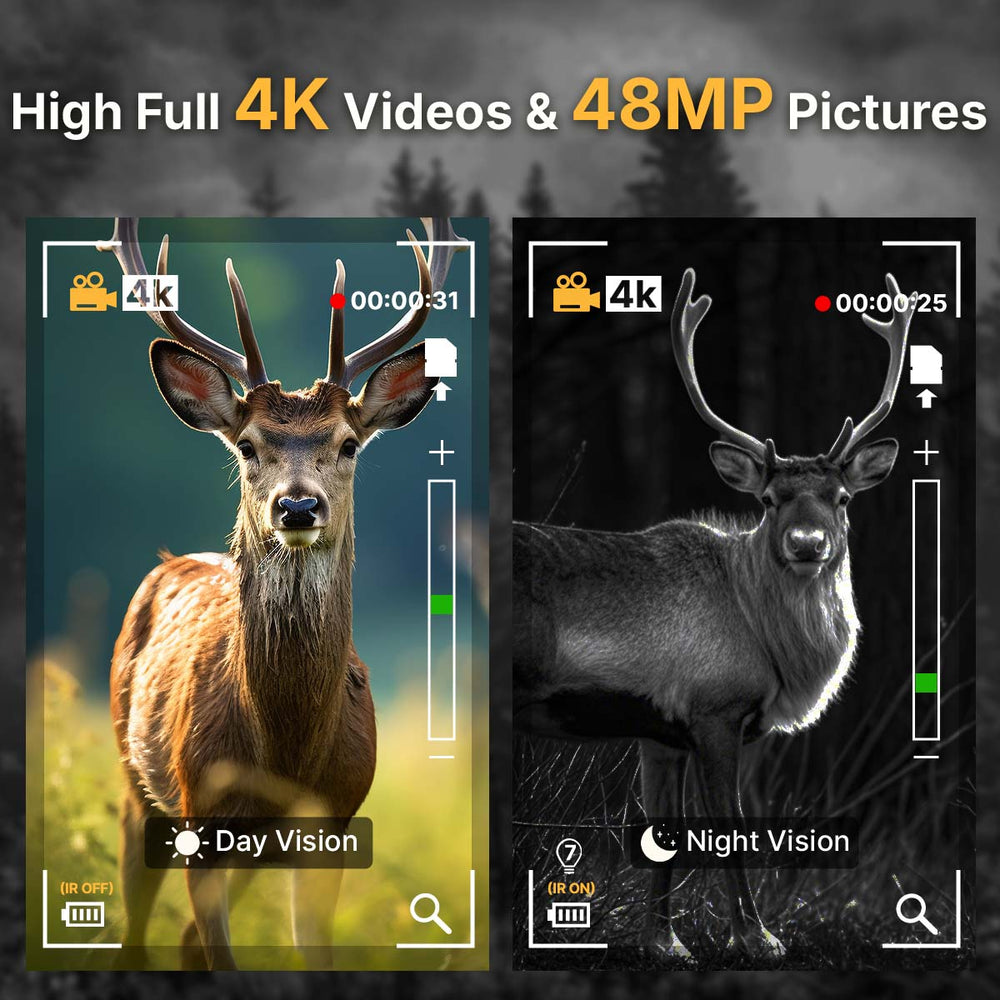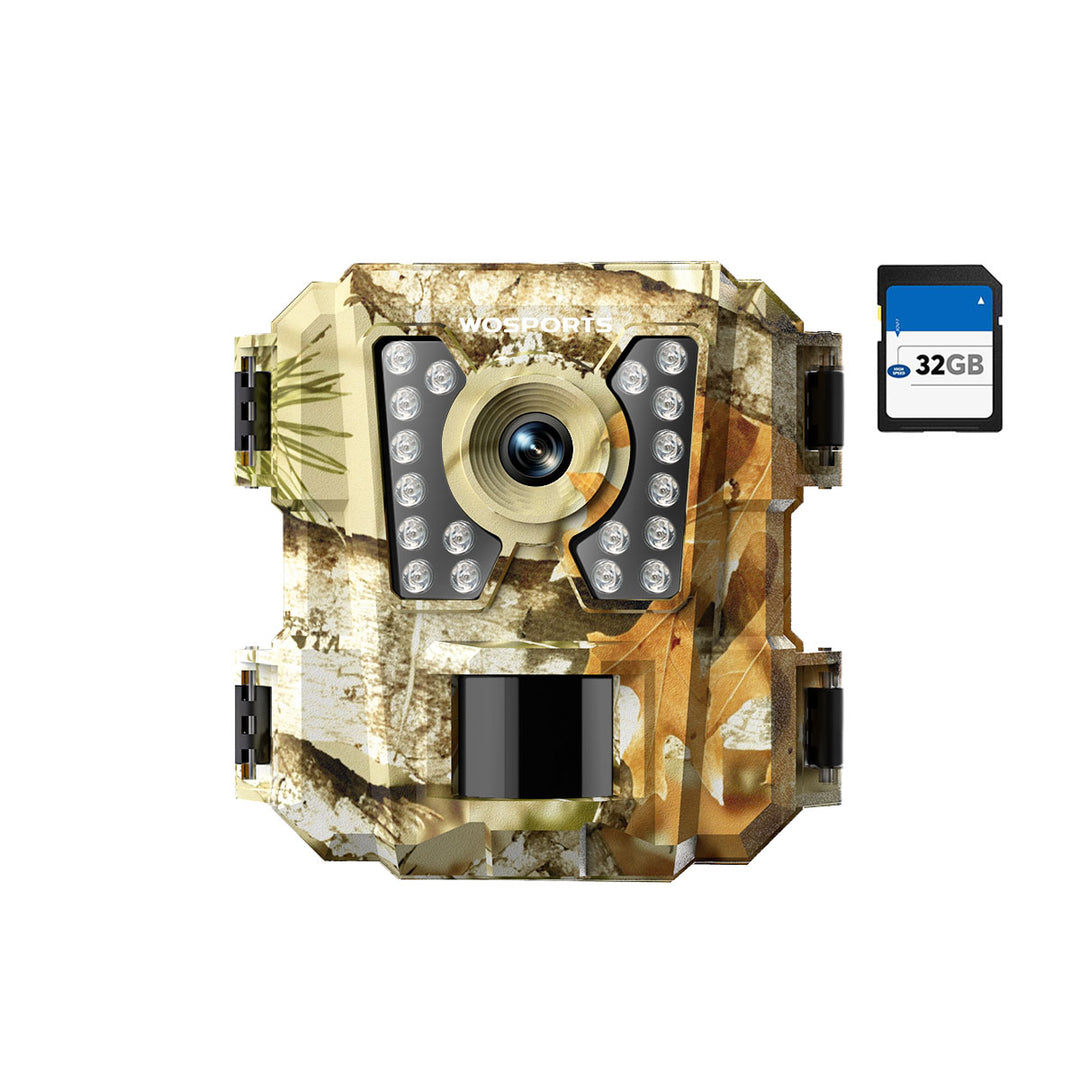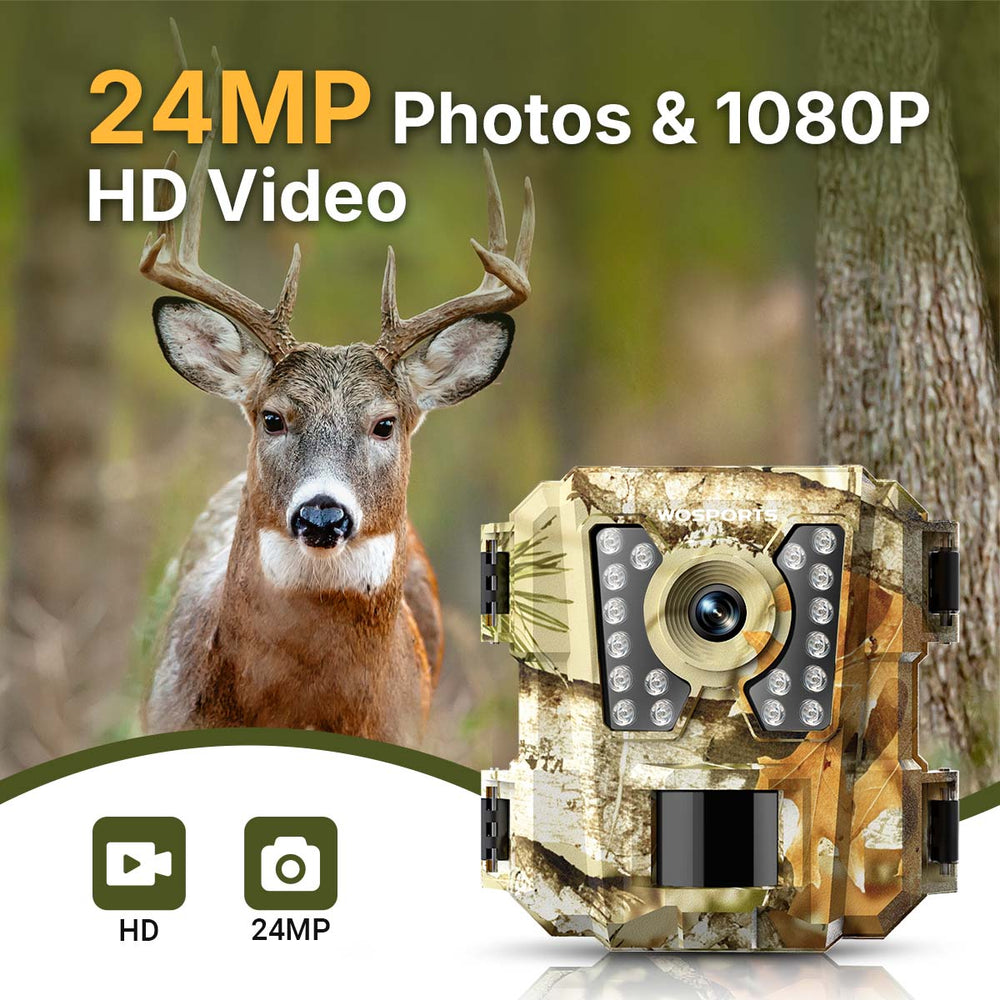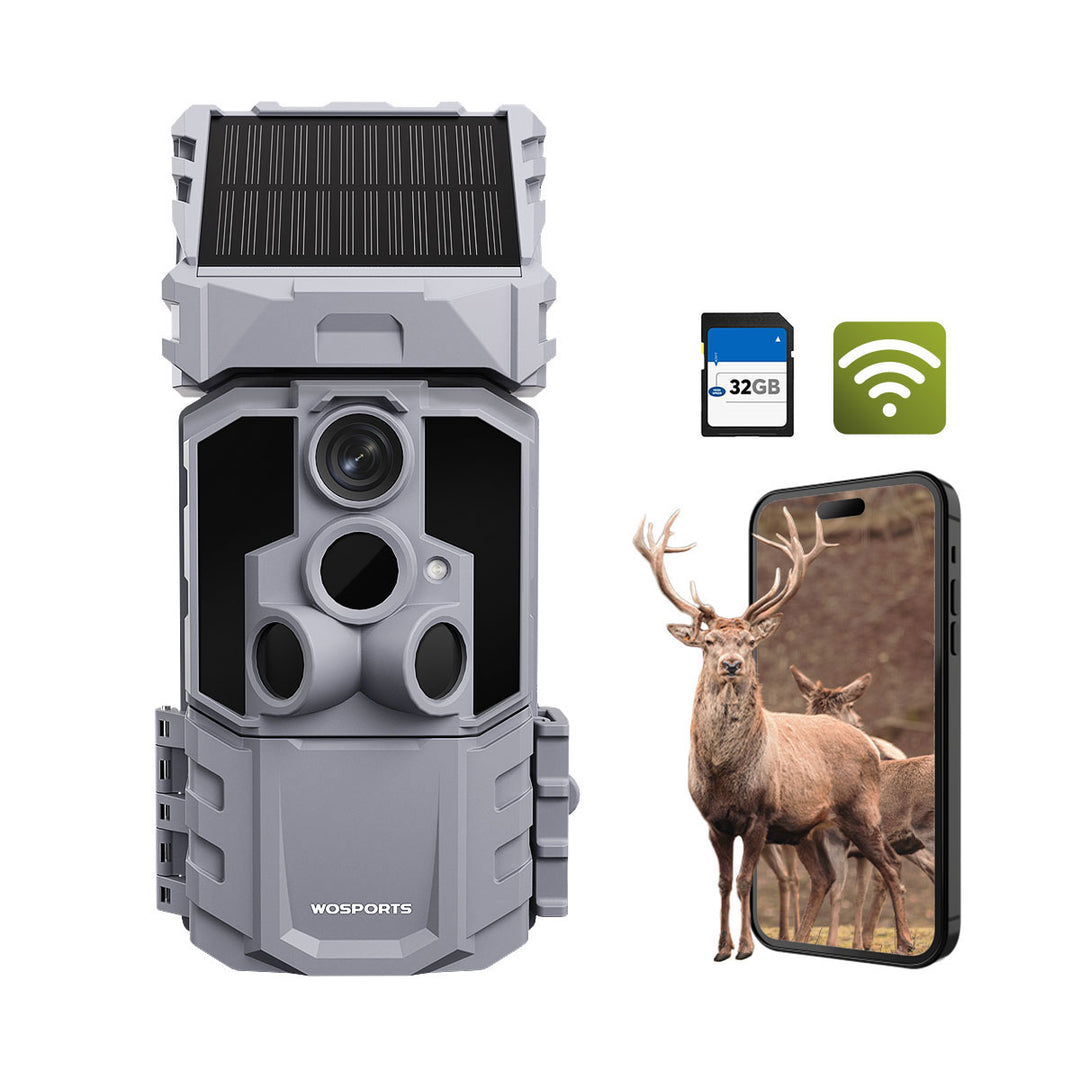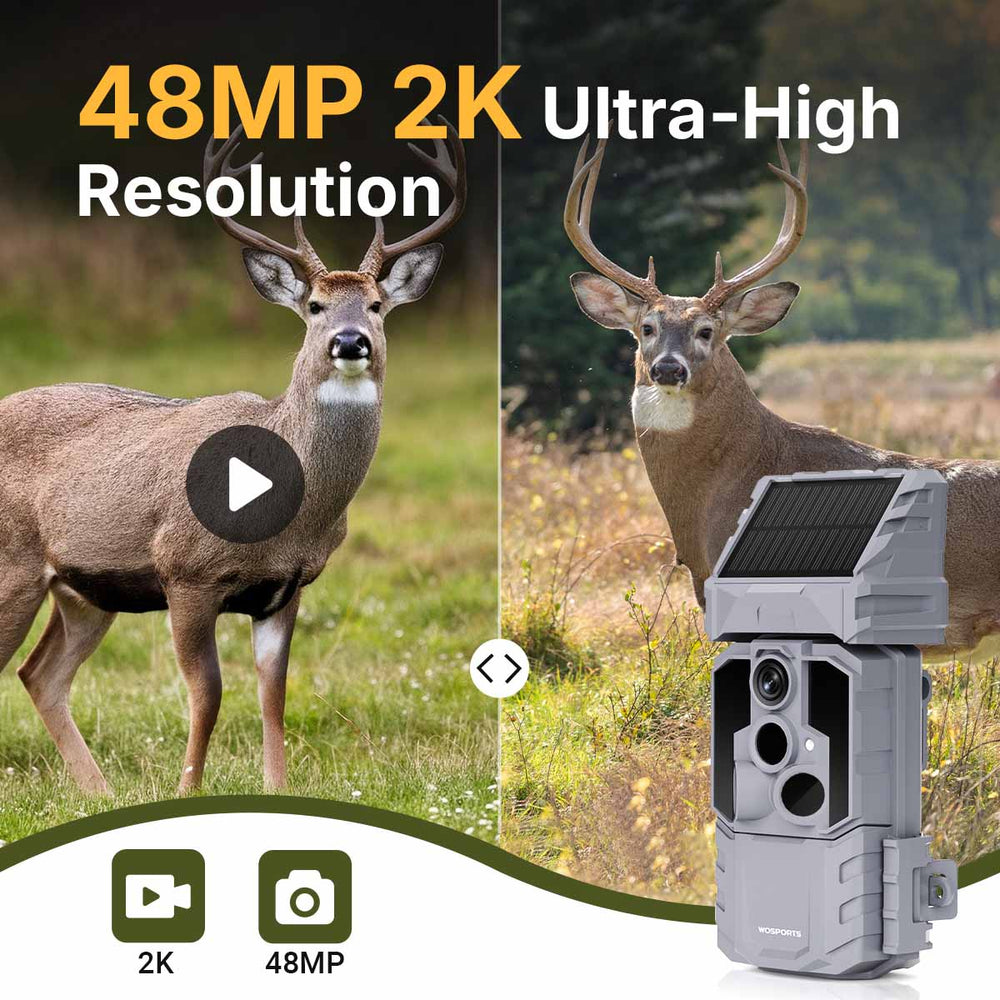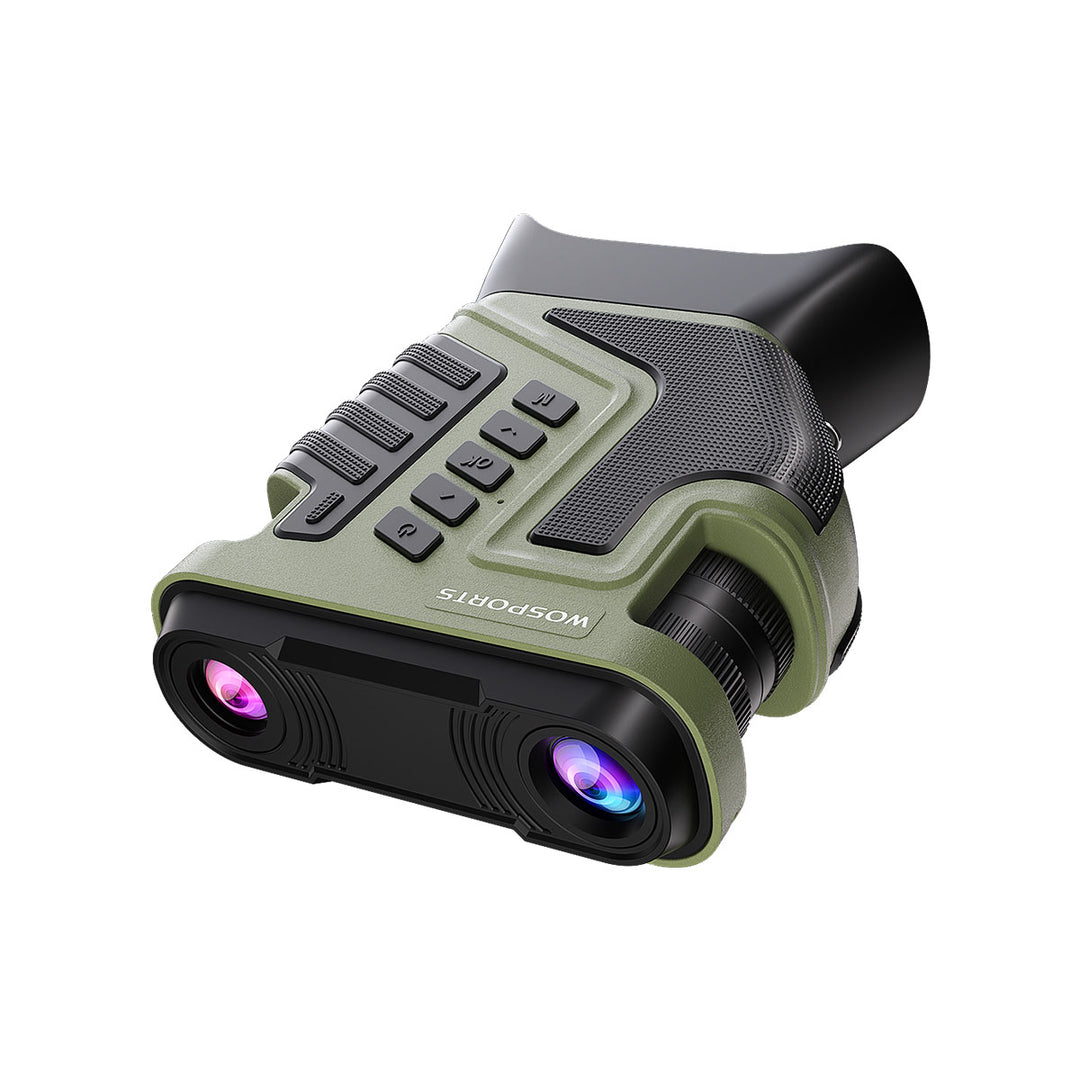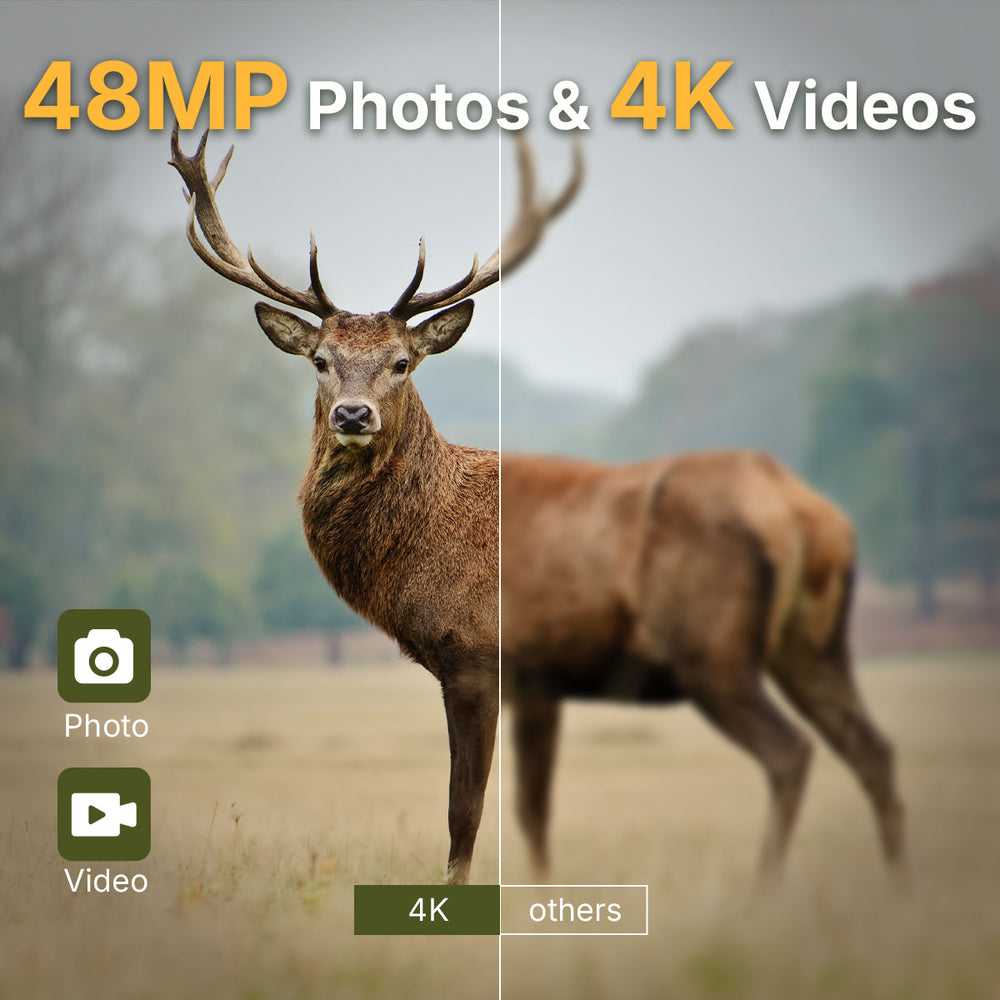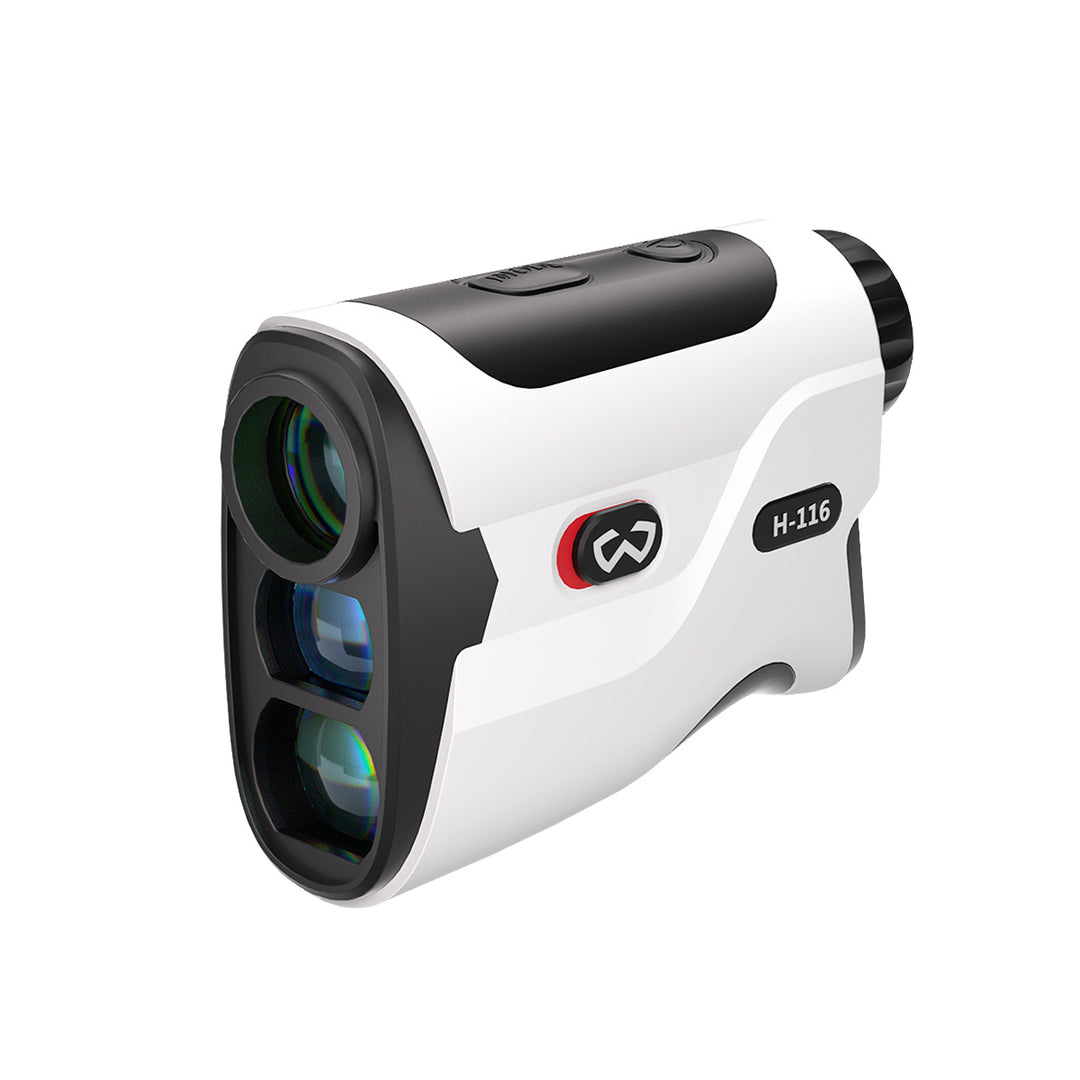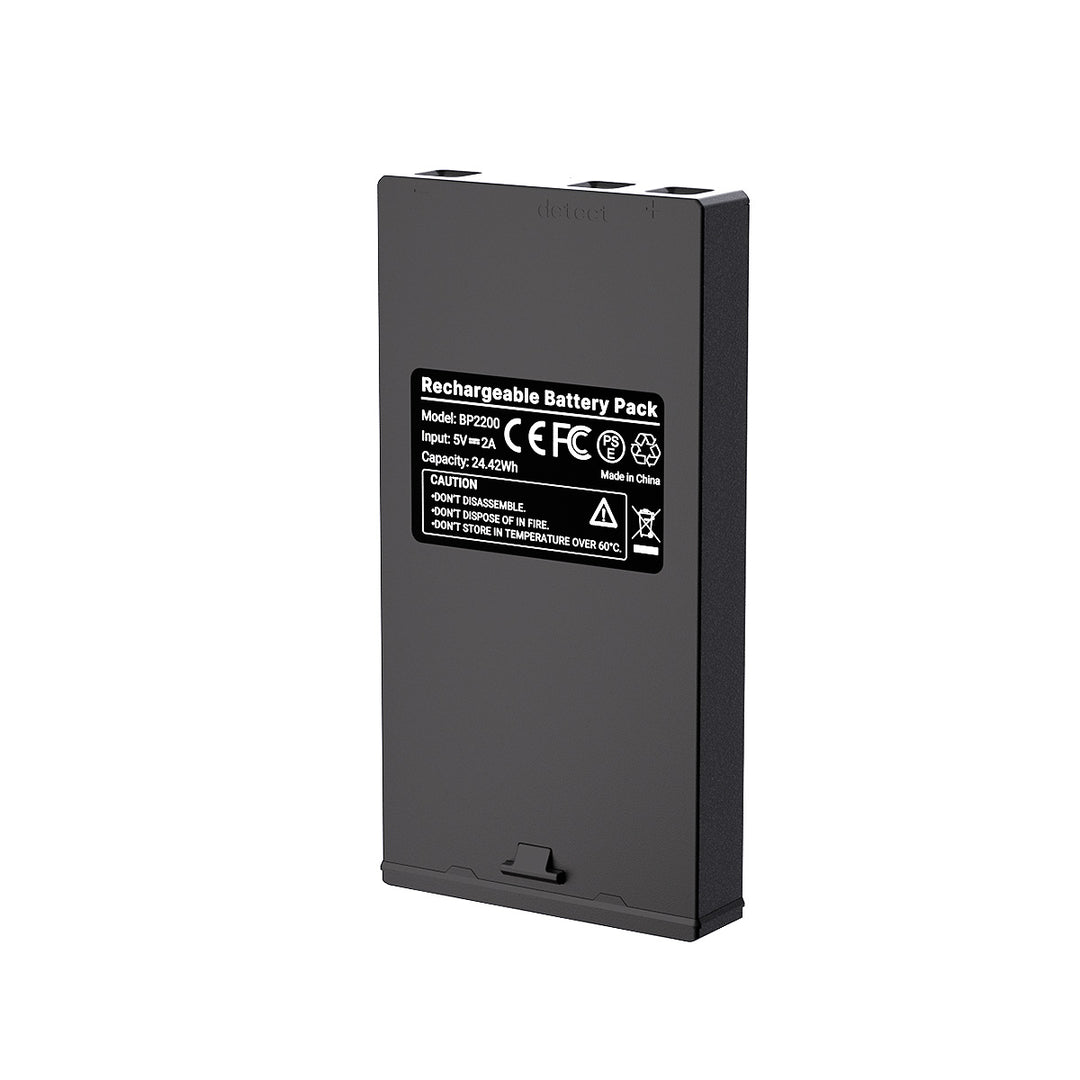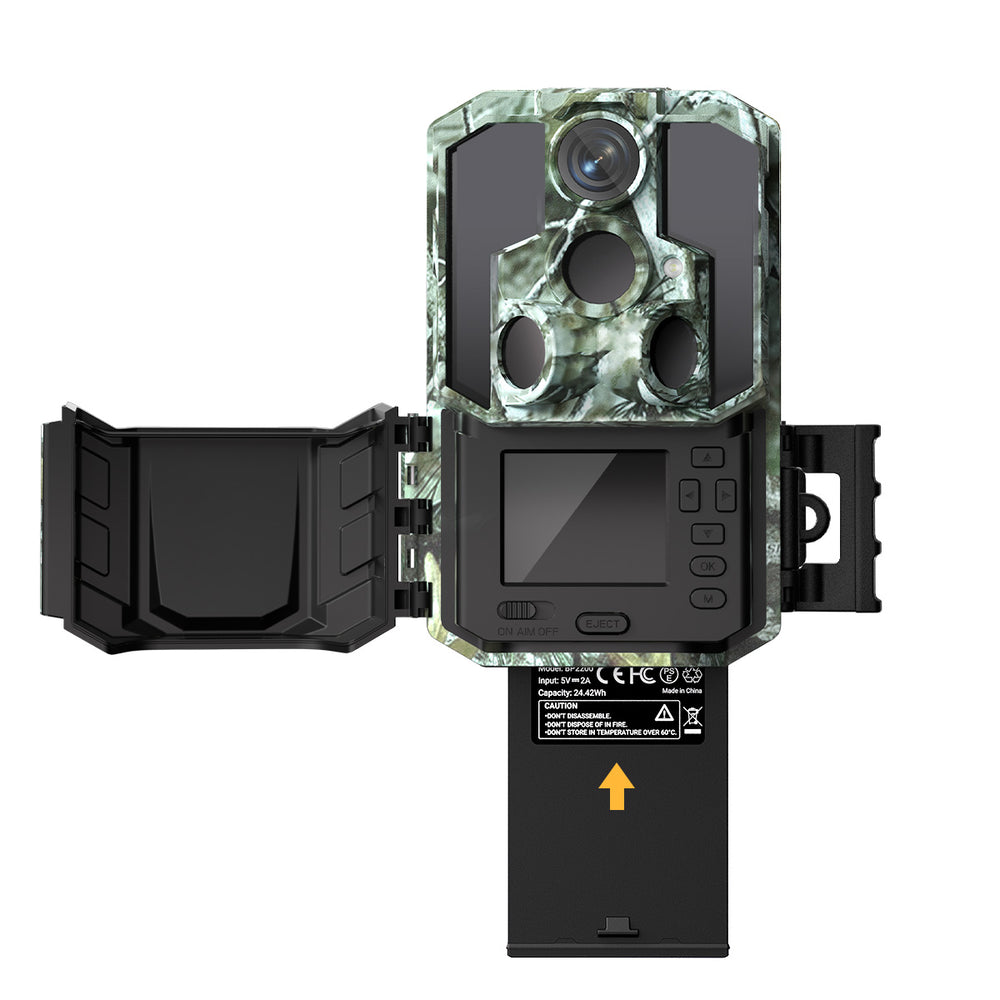What's The Best Trail Camera for Wildlife Research Projects
Trail cameras (also known as wildlife cameras or remote monitoring cameras) allow researchers to observe animal behavior, migration, and population trends without disturbing the natural environment. But what type of trail camera is truly “research-grade”? And which models offer the best balance of durability, performance, and affordability? Let’s take a closer look.
What Makes a Trail Camera Suitable for Scientific Research?
Here’s a comparison-style checklist of features that matter most for research-grade wildlife monitoring:
Top Trail Cameras for Wildlife Research Projects
Below are two trail cameras from WOSPORTS that are ideal for research deployments—from single-site studies to multi-unit biodiversity monitoring campaigns.
1. WOSPORTS G600 – Best for Versatile Wildlife Research
- 48MP photo resolution and 4K video
- Advanced night vision technology
- IP66 waterproof casing—ideal for rainforest, wetlands, or farmland edges
- Trigger speed of 0.2s ensures even quick animal movement is recorded
- Battery-powered, with low standby current for extended field use
Ecological studies, remote biodiversity monitoring, fixed-point habitat observation

2. WOSPORTS G100 – Best for Budget-Conscious Large Deployments
- 24MP resolution and 1080p video
- Powerful infrared LEDs for anti-disturbance monitoring in complete darkness
- Durable IP66 weatherproof casing
- Affordable enough to deploy 10, 20, or even 50 units across large zones
- Compact and lightweight design, easy to carry and conceal in natural environments
- Easy setup for students, volunteers, and field technicians
- Excellent battery life for weeks of unattended recording
Long-term population tracking, migration corridor surveys, large protected area monitoring
If you’re looking to scale your field study with a limited budget, G100 offers remarkable performance at a bulk-friendly price.

Learn more about these models at WOSPORTS Trail Camera Collection.
How to Deploy Trail Cameras for Field Studies
Deploying dozens of cameras for research requires careful planning. Here are best practices:
- Use a deployment map to mark camera ID, GPS coordinates, and habitat zone.
- Label each camera physically and in your data sheet.
- Place cameras at animal trail crossings, water sources, or nesting areas.
- Set recording to photo + video mode for more comprehensive data.
- Bring spare batteries and SD cards on every field check-in trip.
- Use tree straps or metal boxes for secure placement and theft prevention.
- If needed, use solar chargers or external battery packs for long-term projects.

Beyond the Trail Camera: Essential Research Gear
High-Quality SD Cards: Use name-brand, high-endurance cards (designed for constant write cycles). Format in-camera before deployment.
Lithium Batteries: Essential for cold weather performance and longevity. Eneloop Pro rechargeables can be viable in milder climates with more frequent checks.
Security Boxes: Mandatory in bear country or high-theft areas.
Python Locks: Secure cameras and boxes to trees.
Field Data Logs: Waterproof notebooks or tablets for recording deployment details, checks, and issues.
GPS Unit: For accurately marking camera locations.
Solar Panels: Excellent for extending deployments of cellular cameras or cameras in high-traffic areas.
The Future of Trail Cameras in Wildlife Research
Technology continues to evolve rapidly. Expect advancements in:
AI-Powered Cameras: On-camera processing to filter images (e.g., species identification, empty frames) before transmission/storage.
Improved Cellular Efficiency: Lower power consumption and better coverage integration.
Enhanced Sensor Technology: Wider dynamic range, better low-light color imaging, thermal imaging integration.
Advanced Analytics Platforms: Cloud-based solutions for automated species ID, individual recognition (pattern matching), and behavior classification.
Search
Popular Posts
Recent Posts

Nov 28, 2024
Troubleshooting Common Trail Camera Issues
Jan 10, 2025
Why Does My Trail Camera Stop Working at Night?

































